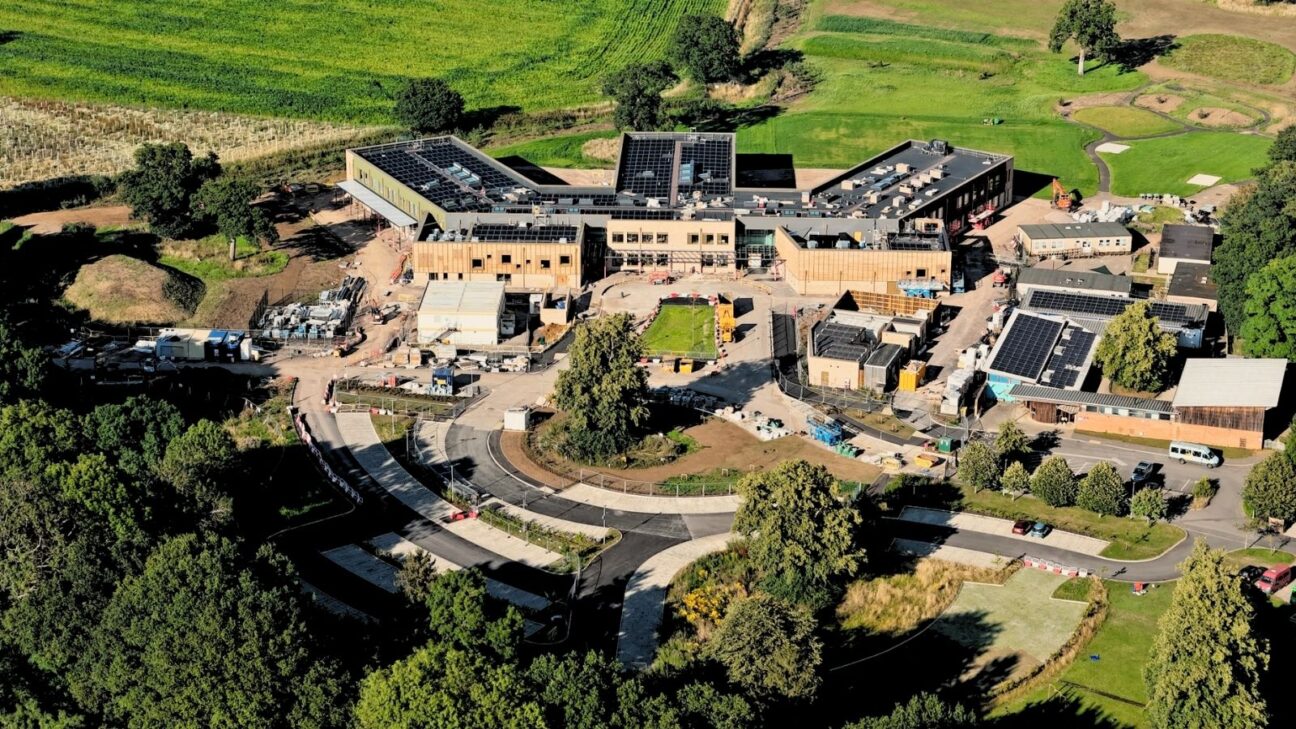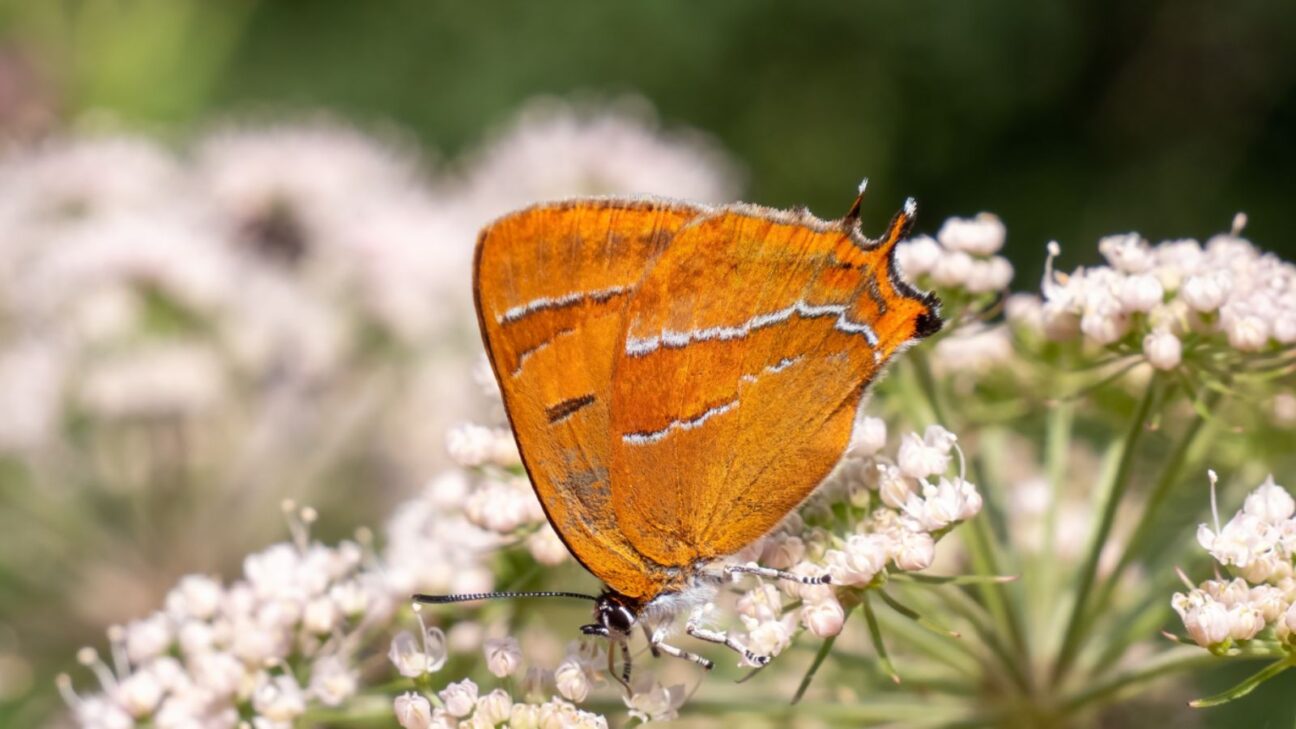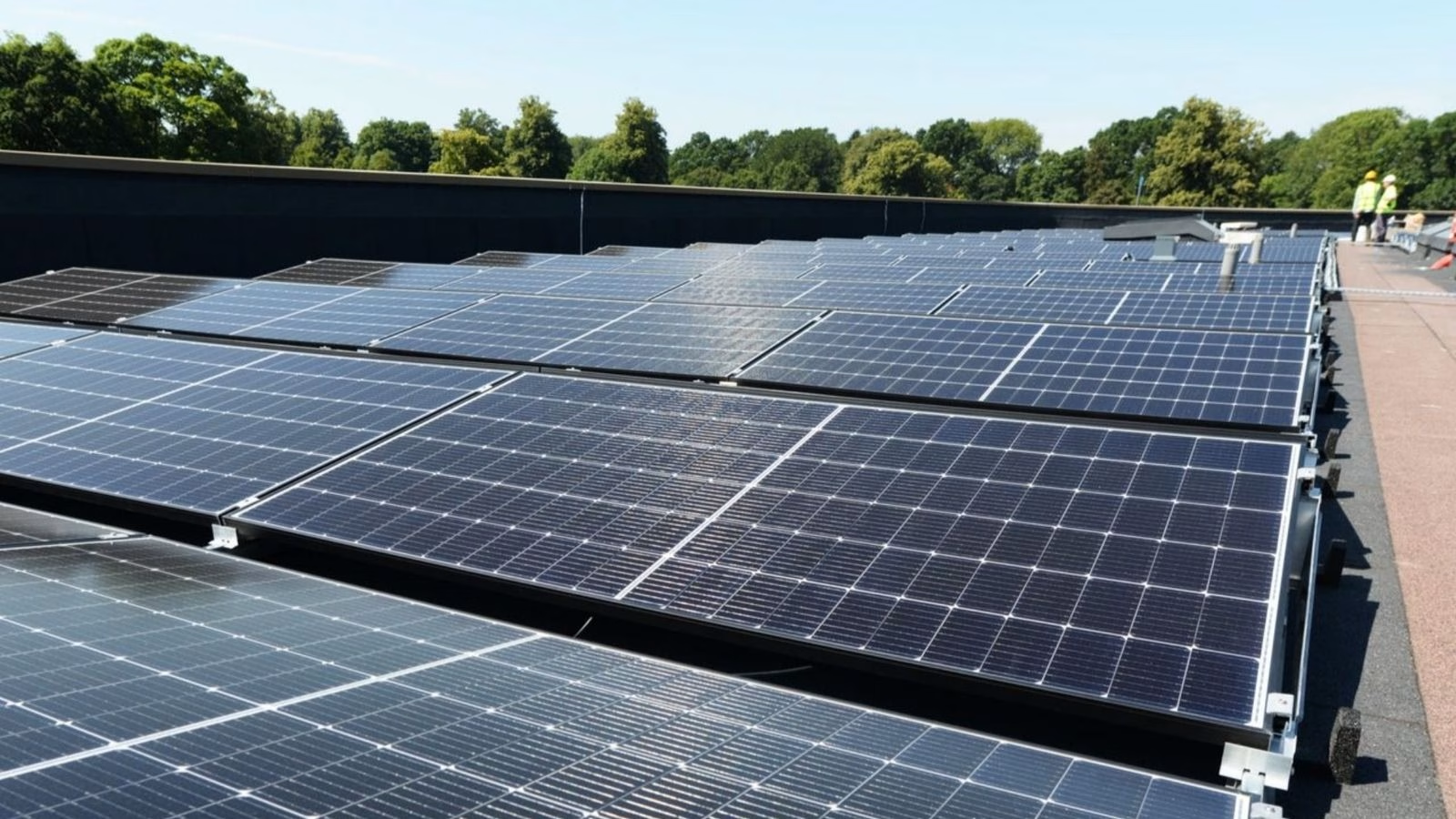In 2024, donations from onboard:earth members went to Wiltshire Wildlife Community Energy (WWCE) to support the construction of a 521kW rooftop solar array for a local co-educational school for 4-19 year olds with facilities for students with special educational needs and disabilities (SEND).
The solar panels will generate low cost green electricity for the school and export surplus power to the local grid creating additional funds with £5,000 per year pledged to support local biodiversity and environmental education initiatives in partnership the school.
About Wiltshire Wildlife Community Energy
Founded in 2013, WWCE is a not-for-profit society that develops renewable energy projects with the support of local people, for the benefit of local people. WWCE is funded by investor members and governed by a board of volunteer directors who are passionate about tackling climate change and giving nature a home in Wiltshire.
They currently operate two community solar farms at Chelworth and Braydon Manor, three rooftop solar arrays on Wiltshire Wildlife Trust buildings and the new rooftop array planned at Silverwood School.
Excess income from their sustainable solar energy schemes goes straight back into a community fund and distributed as grants to worthwhile initiatives that share their objectives.
- Reducing Carbon: WWCE solar installations generate nearly 6,000MWh of clean energy every year, enough to power as many as 2,200 homes.
- Promoting wildlife: Over £130,000 has been donated through the WWCE Community Fund to support climate and wildlife-friendly projects across Wiltshire.
- Community support for fuel poverty: WWCE have established a free-to-access energy advice service providing support to some of the most vulnerable during the challenging winter months.

Preserving Wildlife
WWCE is committed to reversing those trends through effective land management across its sites, evidence shows that when wildlife is prioritised, biodiversity gains can be achieved across a range of plant and animal species.
Grassland: Creating a diverse grassland habitat between and beneath solar panels and at site margins. Grassland is grazed by sheep for part of the year with a buffer zone between the outer-most solar arrays and hedgerows to provide a habitat for butterflies, reptiles, small mammals and other invertebrates, as well as offering good foraging grounds for birds of prey including Little Owls.
Trees: Bird, bat and owl boxes have been installed to encourage nesting and roosting for a range of species.
Hedgerows: The dense, thick hedgerows are cut (outside nesting season) in rotation once every three years to allow flowering and development of a range of species. This cutting regime favours the rare brown hairstreak butterfly that lays its eggs on 1st or 2nd-year blackthorn growth. Our most recent ecology report shows that the number of hairstreak eggs observed is increasing, with record numbers recorded.
Ponds: The pond and surrounding vegetation is maintained as a reptile and amphibian habitat. Single Great Crested Newts have been recorded in the pond and elsewhere on site hibernacula and log/stone piles have been left to provide shelter.
Bees: WWCE was one of just four solar farms in the country selected to take part in an exciting beekeeping project. The Solar Bee project, run by the Naturesave Trust, involved WWCE hosting two innovative ‘Thermosolar’ beehives. The project was designed to help establish the effectiveness of these hives in protecting bees from the varroa mite as well as introducing new honeybee colonies to the site.
WWCE works with the Wiltshire Wildlife Trust to develop further habitats for other natural pollinators, including ground-nesting bees.



